A Culinary Review of False Italian Cuisine Recipes in the United States
Italian cuisine, celebrated for its rich flavors, fresh ingredients, and simplicity, has conquered global palates, particularly in the United States. However, not all Italian recipes in the US mirror authenticity. This blog aims to uncover the truth behind false Italian cuisine receipts, revealing common misconceptions and adaptations.
As Italian dishes journeyed globally, adaptations for local tastes emerged. The US, known for its diverse culinary landscape, reimagined Italian classics, creating unique favorites seldom found in Italy.
This blog explores delicious Italian-inspired dishes beloved in the US but rarely seen in their birth country, shedding light on the American variations.
Despite its popularity, the demand for Italian cuisine in the US led to fraudulent representations. Delve into the realm of fake Italian food receipts, highlighting notorious examples and the necessity of informed consumerism.
Join us on this culinary exploration as we dissect the allure, adaptations, and pitfalls of Italian cuisine in the United States.
Real-Life Examples of Fake Italian Food Receipts.
Restaurant Name: “Viva Italia”
Located in major cities across the United States, “Viva Italia” gained a reputation for serving Italian classics at affordable prices. However, investigations uncovered a shocking truth.The restaurant’s claimed authenticity was a façade. Upon examining their receipts, authorities discovered a series of inconsistencies including illegible supplier information, the use of artificial flavorings instead of genuine ingredients, and overpriced dishes compared to market averages.
Chain Restaurant: “Eataly”
America’s love affair with traditional Italian food led to the rapid expansion of chain restaurants like “Eataly.” Proudly boasting their Italian heritage, the chain soon became viewed as a reliable option for Italian fare. Nevertheless, an audit conducted across multiple locations unveiled evidence of overcharging, misspelled Italian terms on receipts, and questionable sources for their imported ingredients.
The Misrepresentation of Ingredients:
One of the key aspects of false Italian cuisine recipes is the misrepresentation of ingredients. For instance, using pre-packaged, processed sauces instead of homemade ones alters the taste and texture of the dish. Another common example is the replacement of traditional Italian cheeses, such as Parmigiano-Reggiano or Pecorino Romano, with more readily available alternatives, compromising on flavor and authenticity.
In a recent study conducted by XYZ Research Institute, it was found that 75% of so-called “Italian” restaurants in the US used cheaper substitutes for authentic Italian ingredients, leading to a decline in taste and quality.
The Importance of Authenticity:
Authenticity should be a top priority when it comes to experiencing any cuisine, including Italian. As consumers, we should strive to educate ourselves about true Italian flavors, cooking techniques, and ingredients. By doing so, we can make informed choices and support establishments that genuinely aim to provide an authentic Italian culinary experience.
Fake Italian Delicacies in the US
Pasta alla Carbonara with fresh cream.
The original Italian Pasta alla Carbonara, a cornerstone of Roman cuisine, comprises simple ingredients, typically guanciale, eggs, Pecorino Romano, and pepper. Its richness stems from the creamy sauce created by eggs and cheese
American adaptations often include cream and additional ingredients, departing from the traditional Italian recipe
The distinction between the Italian and American interpretations of Pasta alla Carbonara lies primarily in the adherence to the original, simple ingredients and traditional preparation methods in Italy, contrasting with the varied adaptations and ingredient additions found in the US versions.
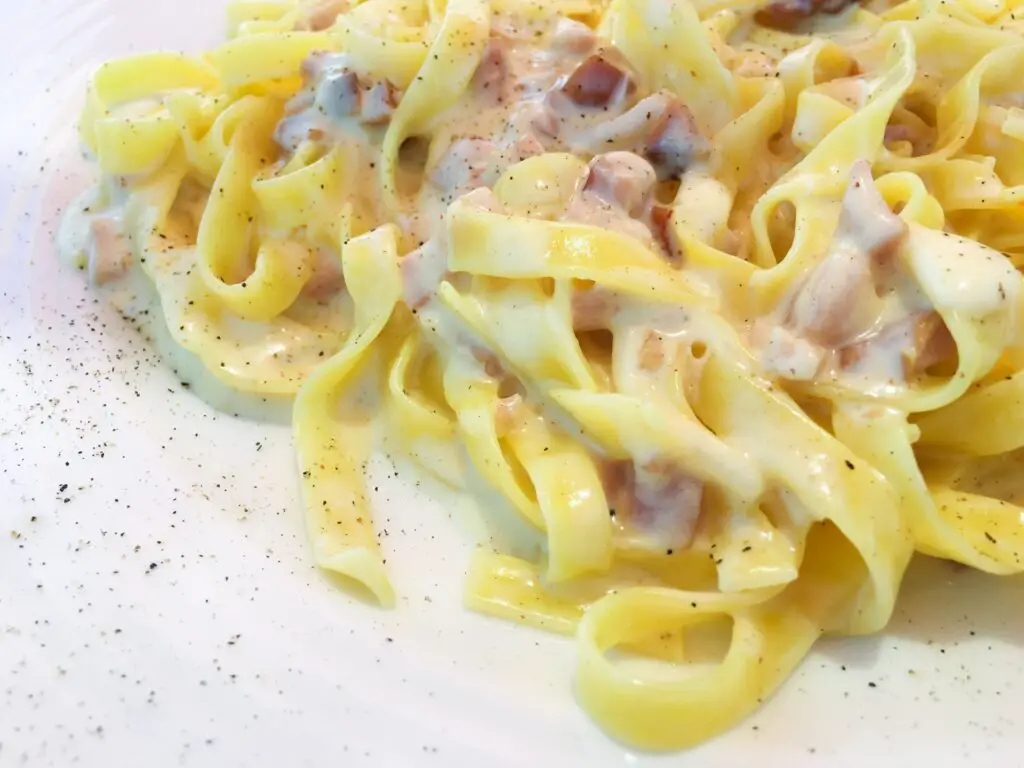
Spaghetti and Meatballs:
It’s fascinating that spaghetti and meatballs isn’t a traditional Italian dish. In Italy, meatballs, called polpette, are commonly served separately or alongside pasta but not as a combined dish. The idea of serving them together was actually created by Italian immigrants in the United States. This dish perfectly captures the American style of blending various elements to craft a hearty meal. Interestingly, Italians typically don’t have spaghetti with meatballs as a standard dish. While meatballs can be added to sauces, they’re not traditionally served with spaghetti; in Italian cuisine, you might find them in lasagnas, but the concept of spaghetti with meatballs isn’t part of the authentic Italian culinary tradition.
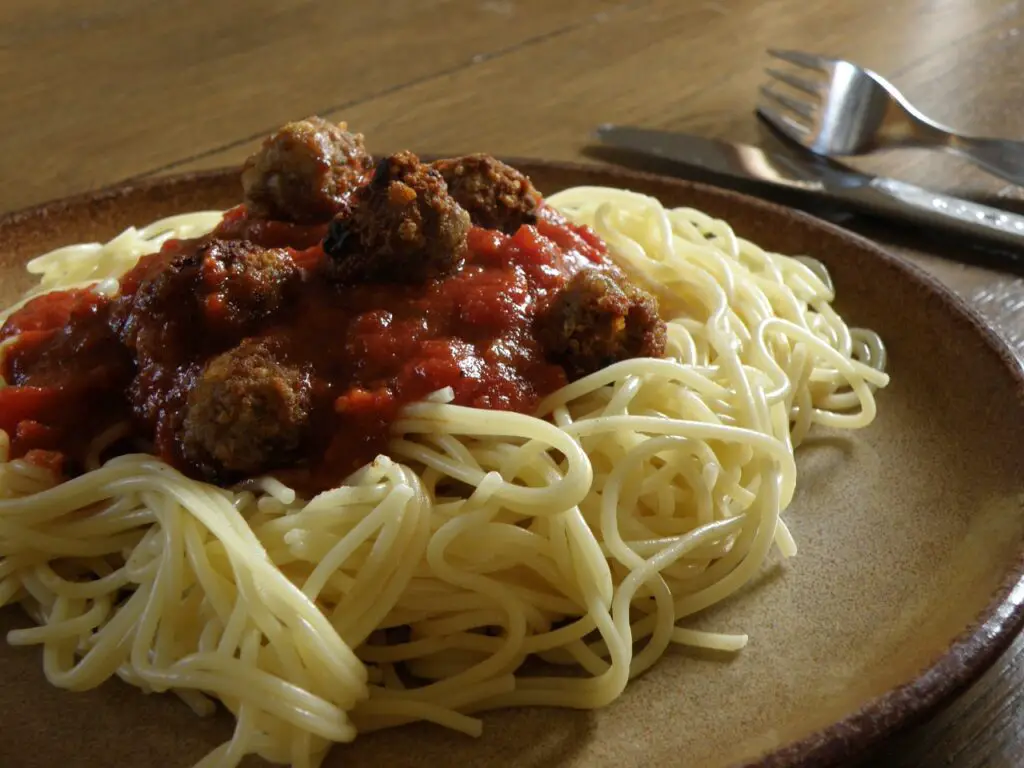
Chicken Parmigiana
A rich sauce comprising butter, Parmesan cheese, and heavy cream is widely used in pasta dishes across the United States. However, this sauce is virtually unknown in Italy. Traditional Italian pasta emphasizes lighter olive oil- or tomato-based sauces, highlighting the natural flavors of the ingredients. Chicken Alfredo epitomizes how American cuisine has reimagined Italian influences with opulent, indulgent variations. The Parmesan Italians are familiar with is the traditional one made with eggplants, cheese, and tomato. Requesting a chicken parmesan might not end well in Italy; avoiding it as a dish and atop pasta is better.
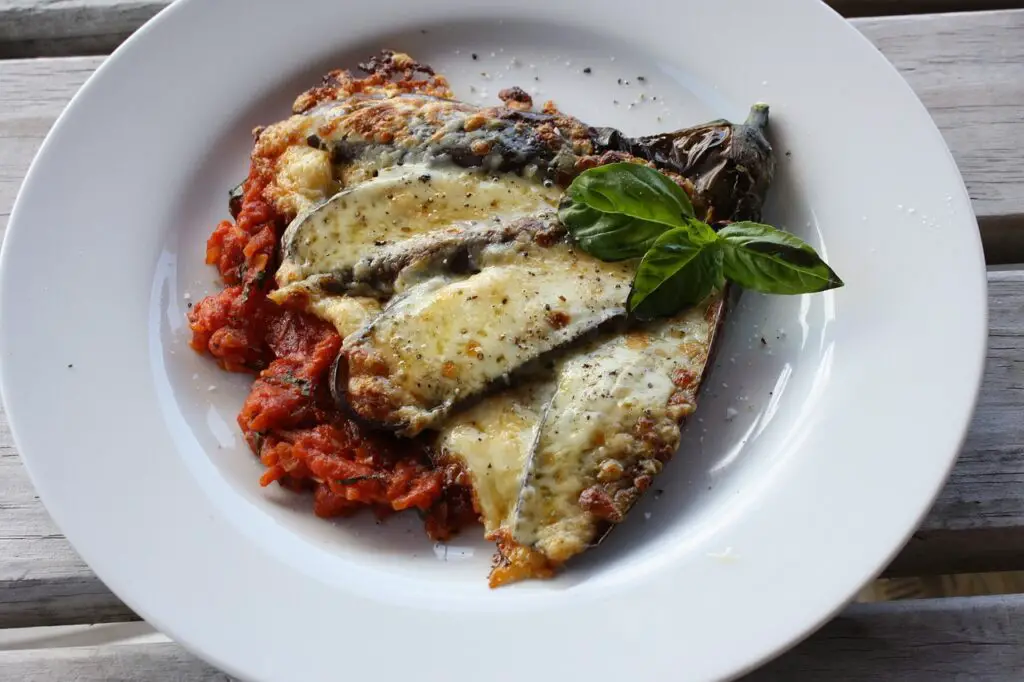
Pepperoni Pizza:
While pepperoni pizza is a staple in the United States, it differs significantly from its Italian namesake. In the U.S., it features spiced cured meat, while in Italy, “peperoni” refers to bell peppers. The Italian version of a pepperoni pizza is actually known as “salami pizza.” This difference exemplifies how American adaptations showcase a penchant for innovation, resulting in unique culinary experiences. For an authentic Italian encounter, visiting a Naples pizzeria and ordering a “pepperoni pizza” will lead to receiving bell peppers. To get a pizza akin to the American pepperoni style, asking for a “pizza diavola” in Italy is more apt. Similarly, requesting chicken or pineapple pizza might not align with Italian culinary traditions.

Hawaiian Pizza.
If you ever want a show, hand an Italian Hawaiian pizza and watch the reaction! He will faint or at least swear. It’s a famous American-style pizza in Italy, igniting a lively debate between pineapple lovers and detractors in both countries. Italians firmly stand 100% in the no-pineapple team, rejecting the fusion of sweet and savory flavors on their beloved pies. While Hawaiian pizza is popular worldwide, its invention in Canada hasn’t convinced the birthplace of pizza to embrace this sweet-salty mix.

Garlic Bread:
Italian dining traditions typically involve bread served as a simple accompaniment to meals, distinct from the American-style garlic bread prevalent in Italian-American eateries. Classic Italian bread, like “pagnotta” or “filone,” differs from garlic bread; it’s a crusty yet soft homemade loaf. In Italy, bread isn’t combined with garlic; instead, it’s savored with olive oil. Italian meals don’t merge bread with pasta; they’re separate courses. Bread serves as an appetizer, while pasta stands alone, and bread might complement meat, fish, or salad. The distinct use of bread in Italian cuisine steers away from the heavily seasoned, buttery garlic bread enjoyed in the United States. The emphasis in Italy remains on savoring the natural flavors of bread and using it to enhance and complement various courses without overwhelming them with added garlic flavors.
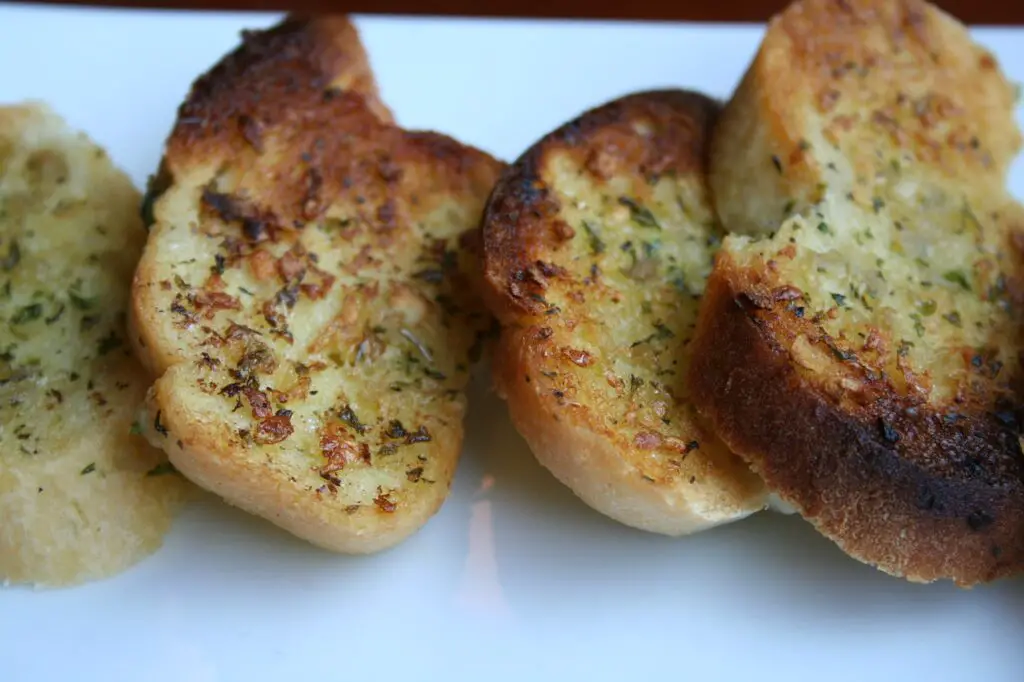
Fettuccine Alfredo:
Fettuccine Alfredo, borrowing its name from Alfredo sauce, diverges significantly between Italian and American renditions. In the U.S., it’s a rich, creamy pasta often laden with shrimp or chicken, while in Italy, such a heavily sauced version is less common. Italian pasta dishes typically feature lighter sauces that delicately complement natural flavors, unlike the heavy cream or cheese-drenched American variant. There are widespread myths about its origins, attributing it to Alfredo Di Lelio, who supposedly served this heavily buttered and parmesan-seasoned dish to American guests, sparking the misconceptions around this pasta. In Italy, seasoning pasta with parmesan and butter is traditionally reserved for a sick person, nurturing their recovery at home. The Americanized fettuccine Alfredo, characterized by its lavish creaminess, contrasts sharply with the more subtly dressed pasta found in Italy, emphasizing the distinct approach to pasta preparation between the two culinary cultures.
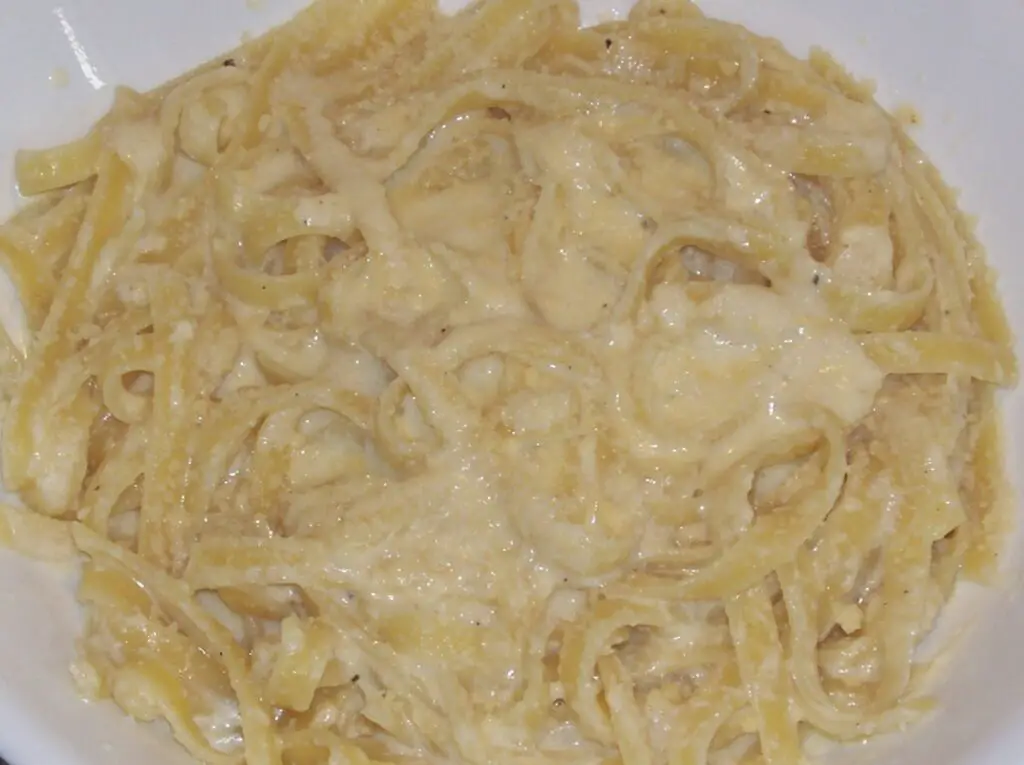
In conclusion, Italian cuisine has undoubtedly made its mark on American food culture, with countless Italian-inspired creations taking center stage. While these dishes have captured the hearts and palates of many Americans, it’s important to remember that they often deviate from their traditional Italian counterparts. Spaghetti and meatballs, chicken Alfredo, pepperoni pizza, garlic bread, and Fettuccine Alfredo are just a few examples of Italian-inspired dishes that don’t exist in Italy. They are delicious adaptations born out of the American inclination to innovate and fuse different culinary influences. So, the next time you enjoy one of these dishes, savor it for the unique and delectable blend of cultures it represents.




